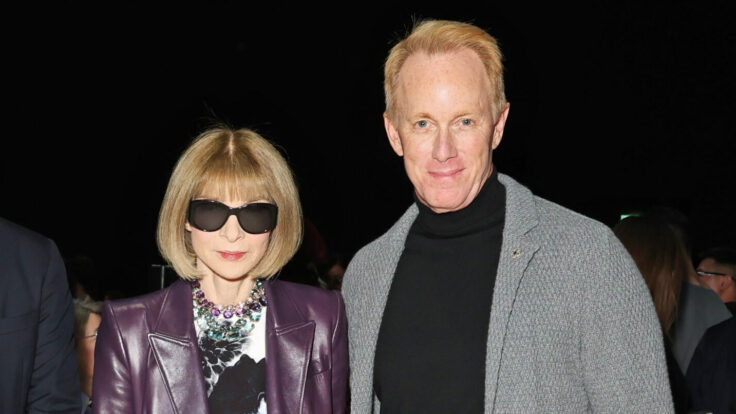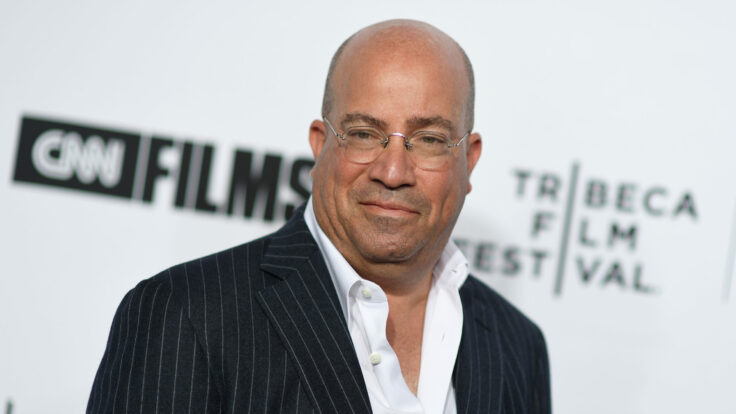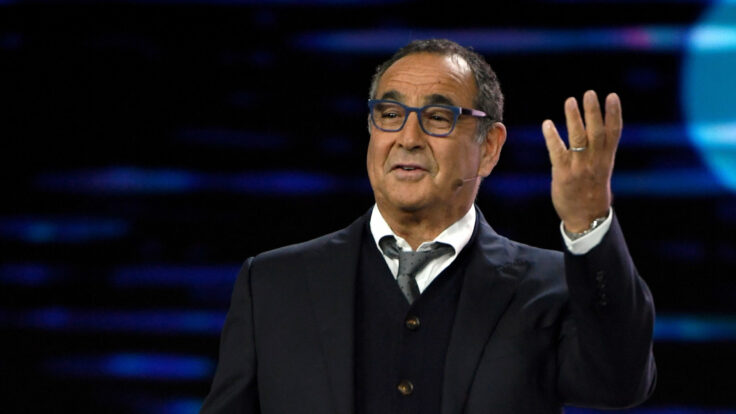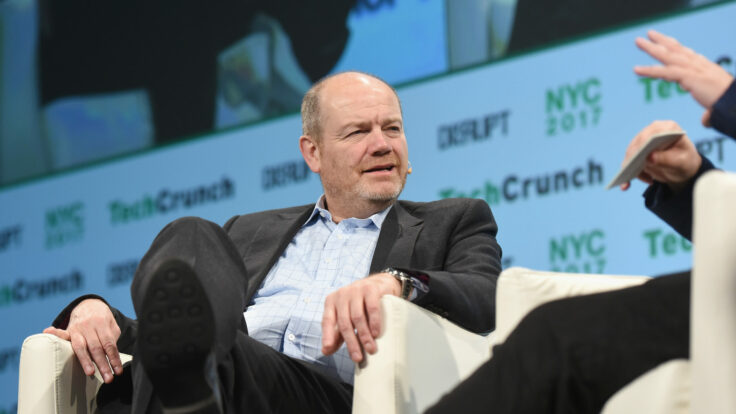I first heard about The Athletic some four years ago from Apple executive and Golden State Warriors and Duke megafan Eddy Cue, and I was immediately enchanted by the founders’ vision. Alex Mather and Adam Hansmann, who had met while working on the performance sports app Strava, seemed to intuitively understand what local newspaper executives had long realized: that sports fans were a sticky and insatiable audience, eager to read anything written about their favorite teams, even if that meant three articles about a game they’d already watched or a free-agency pursuit that was never going to materialize.
They also knew that the local sports reporters who fed those appetites were victims of a rapidly declining local news business, criminally underpaid, and already establishing direct relationships with their own unique fandoms over social media. So Mather and Hansmann seized the moment, snapping up some of the nation’s best team beat reporters, market by market, with a few million dollars in seed funding. Their ambition, Mather said, was “to be the local sports page for every city in the country.” It was an ambitious and smart idea.

















